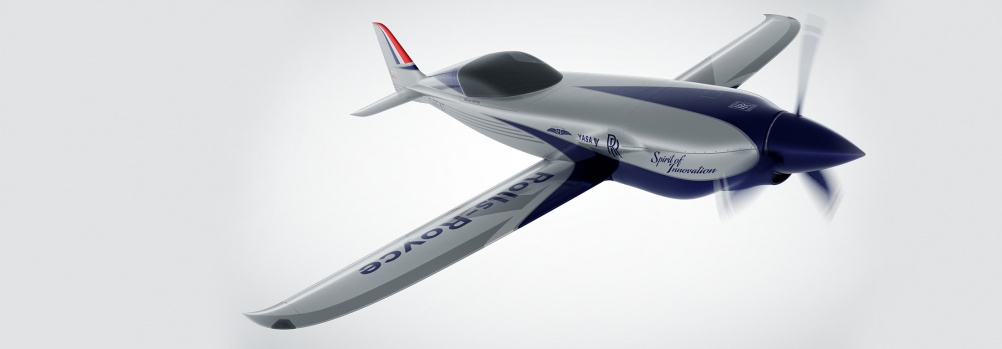
Short for “Accelerating the Electrification of Flight”, ACCEL is seeking to become the fastest electric aircraft in history and is harnessing expertise from the world of Formula E to achieve this. The project, which also includes electric motor and controller manufacturer YASA and aviation start-up Electroflight, will be based out of a hangar at Gloucestershire airport. According to Rolls, the single-seater propeller aircraft will carry the most powerful battery ever flown and will have a range of 200 miles.
"This plane will be powered by a state-of-the-art electrical system and the most powerful battery ever built for flight,” said Matheu Parr, the ACCEL project lead for Rolls-Royce. “In the year ahead, we’re going to demonstrate its abilities in demanding test environments before going for gold in 2020 from a landing strip on the Welsh coastline."
An all-electric powertrain will deliver a maximum output of 750 volts with over 90 per cent efficiency. The propeller will be driven by three high power density 750R electric motors designed and manufactured by YASA in the UK. Together they will provide more than 500 horsepower when ACCEL takes on the record run next year. Big data will also play a key role in safety and performance optimisation, with thousands of data points across the powertrain monitored in real time.
“We’re monitoring more than 20,000 data points per second, measuring battery voltage, temperature, and overall health of the powertrain, which is responsible for powering the propellers and generating thrust,” said Parr.
“We’ve already drawn a series of insights from the unique design and integration challenges. And we’re gaining the knowhow to not only pioneer the field of electric-powered, zero-emissions aviation – but to lead it.”
The current record for an all-electric plane stands at 210 mph, set by Siemens in 2017. As well as eclipsing this, the ACCEL team also has designs on the 343 mph reached by the Rolls-powered Supermarine S.6B in 1931, a performance that saw Britain win the prestigious Schneider Trophy that year. The S.6B seaplane would go on to inform the design for Supermarine’s Spitfire, one of the most iconic fighter aircraft of WWII.




Glasgow trial explores AR cues for autonomous road safety
They've ploughed into a few vulnerable road users in the past. Making that less likely will make it spectacularly easy to stop the traffic for...